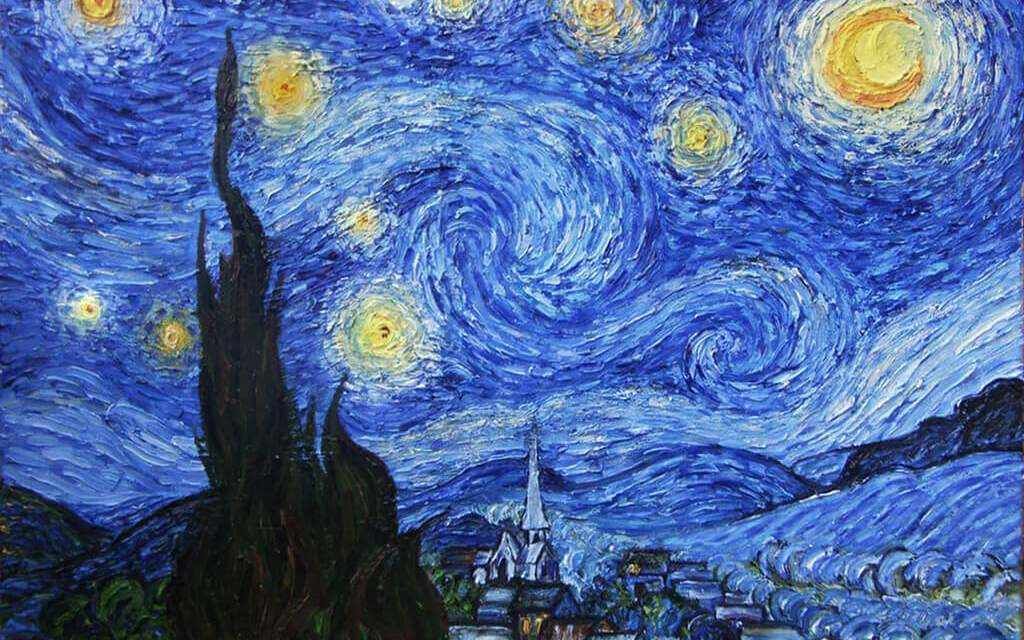Emotions behind art: here it is Google Arts & Culture Art Emotions Map
Paul Klee said that art does not reproduce what is visible, but makes visible what is not always visible.
We can only agree with him. After all, art is the soul’s mirror: when looking at an artwork it is not rationality that prevails, but on the opposite, our emotional component.
But have you ever wondered what emotions a masterpiece is able to generate in us?
Even if it was never a question you asked yourself, Google Art & Culture took care of it. The platform, in collaboration with the University of Berkeley, recently presented the “Art Emotions Map”.
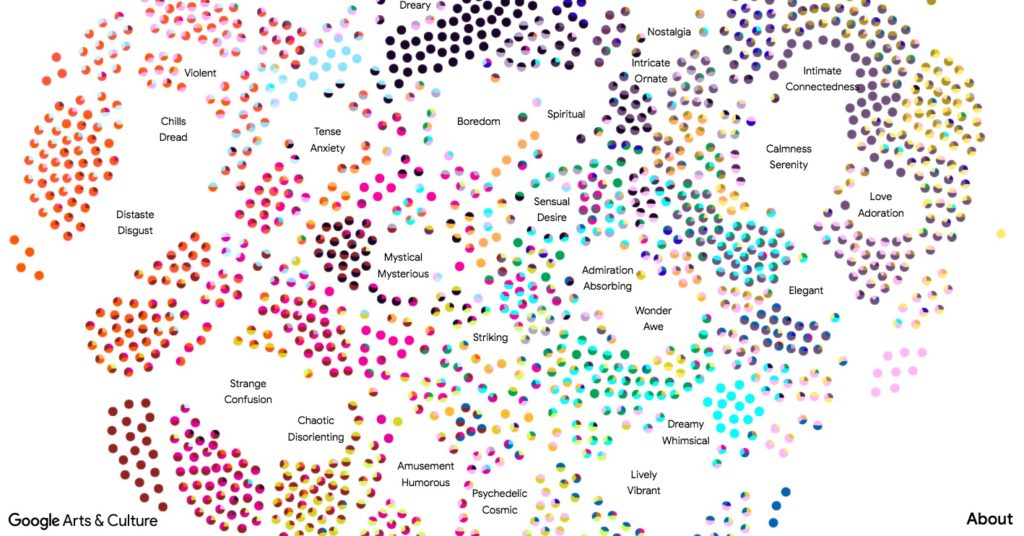
Art Emotions Map – Courtesy of Google Arts & Culture
“ I was lucky enough to be raised by parents who took me to museums as a child and asked me how the different paintings made me feel, what they taught me about life and the human condition. And this corresponds to what we know from the study of the science of emotions: that our passions are ways of looking at the world and help us to form our ideas of justice, pain, love. In general, they teach us what it means to be part of a human community ” ”
These are Dacher Keltner‘s words. He’s a psychology Professor at Berkeley University, who together with a collegue of his, Alan Cowen – scientist and resercher in the same University-, is head of the project.
The two of them asked to a sample of 1,300 people how they felt in front of certain artworks. The results have produced the emotions’ map, in which there are 25 moods such as serenity, calm, wonder, tension and so on.
The map developed by Google Art & Culture is an interactive interface in which 1500 works have been inserted, divided into groups and to each of them is assigned an emotion.
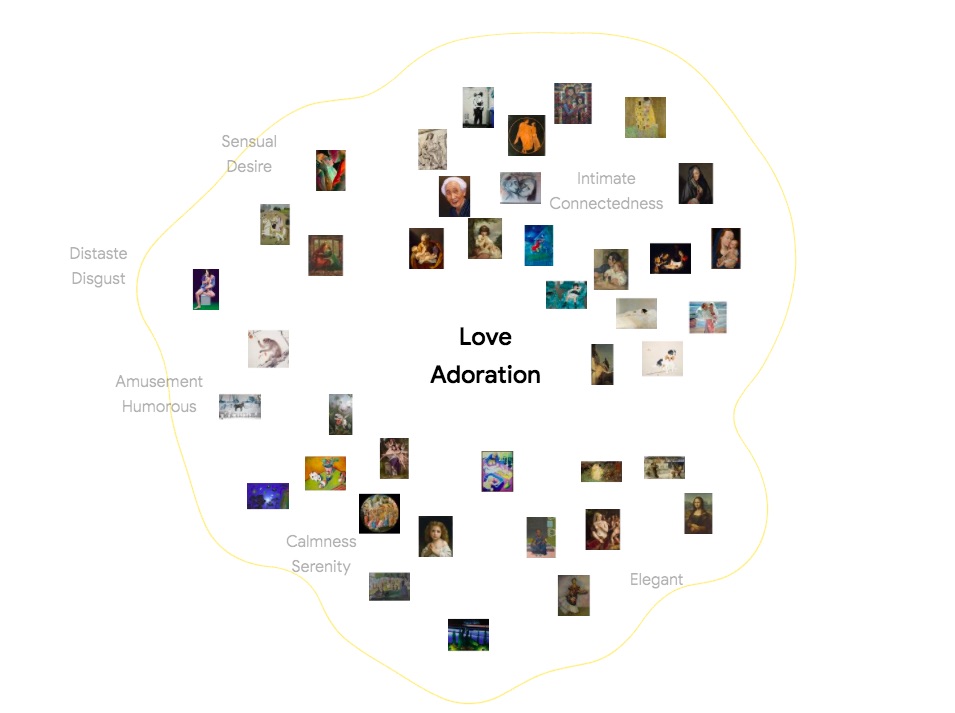
Map’s Love section – Courtesy Google Arts & Culture
By clicking on any artwork, this shows both details such as author and museum to which it belongs and the emotions it is responsible for, expressed as a percentage.
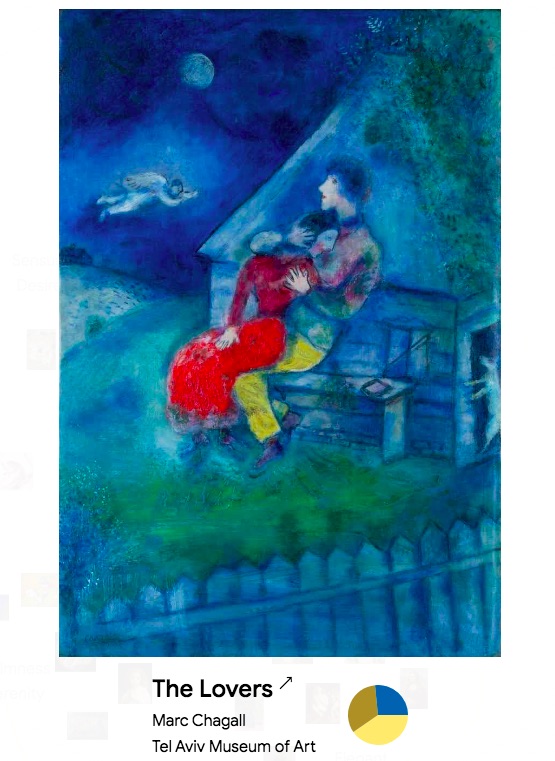
M.Chagall , “The lovers” in the map- Courtesy Google Arts & Culture
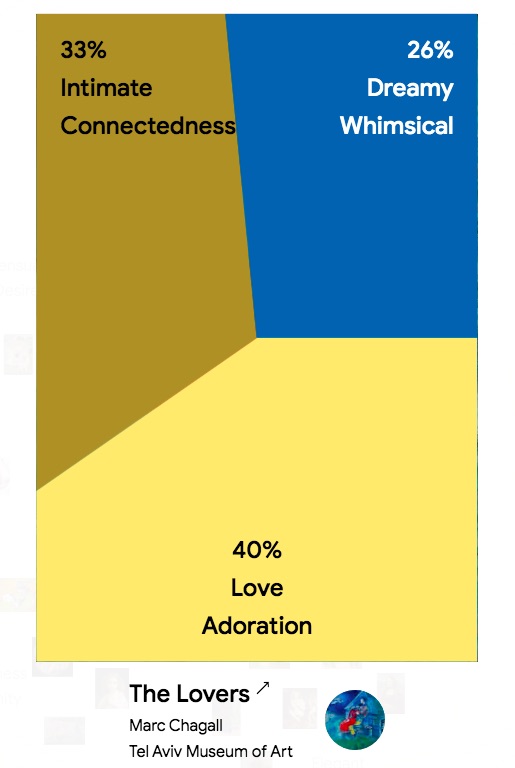
Percentage of Emotions looking at Chagall – Courtesy Google Arts & Culture
This project, in addition to the intrinsic artistic value, aims to help scientists to deeper investigate human emotions .
